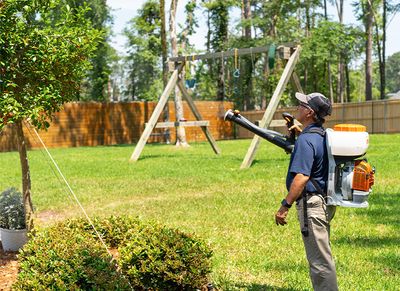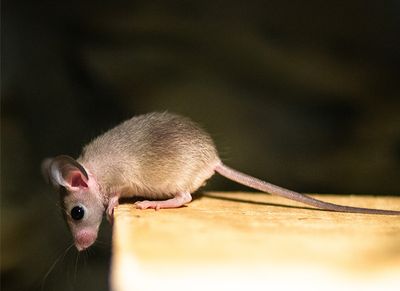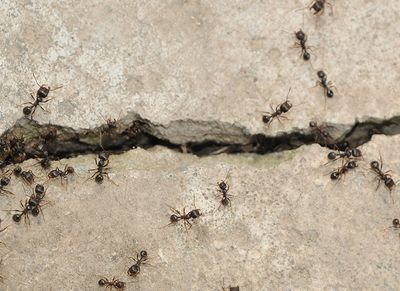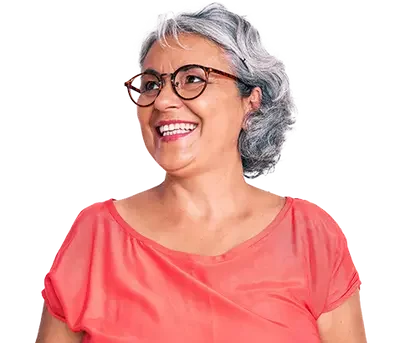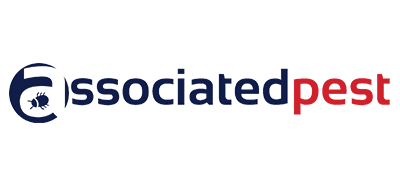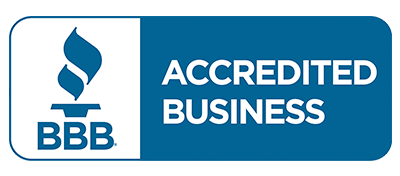What do roof rats look like?
Roof rats, also called black rats or ship rats, measure about 12 to 18 inches long, including their tails. They have smooth black or dark brown fur with lighter-colored undersides. They have slender bodies, large ears, and long, scaly tails.
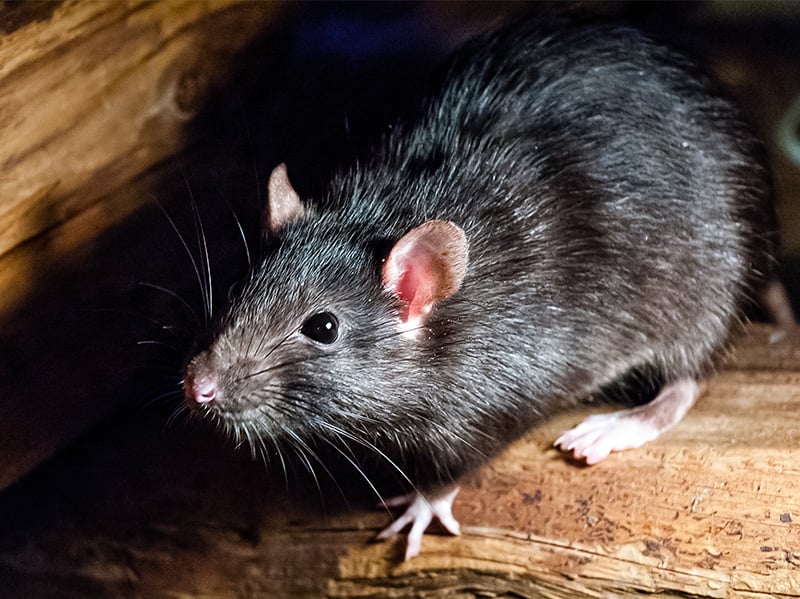
When are roof rats most active?
What do roof rats eat?
A better question is: "What don't roof rats eat?" These rodents are omnivorous. If you hope to keep these rats away, you must remove or secure everything in your yard that seems like food. They'll eat nuts, fruits, seeds, bugs, animal carrion, and decaying food in your trash receptacles. When they get into your home, they're likely to find their way into your pantry or kitchen cabinets and feed on everything from cereal to dry dog food.
Can roof rats carry diseases?
Yes, roof rats can carry and spread diseases. They do this in a few different ways. It is important to understand how this works if you're looking to guard your health and the health of your family.
- Rats pick up germs when climbing in trash receptacles and they can deposit those germs as they climb around inside your home. They leave microscopic organisms as they touch dishes, counters, cutting boards, food, etc., or when they leave hairs behind. Rats also ingest germs during grooming and can spread them within their waste materials.
- Rats pick up disease-causing organisms when crawling in sewers, feeding on compost, or eating a dead animal. Once again, direct contact, the shedding of hairs, and waste materials can spread these organisms throughout your home.
- Rats pick up ticks in areas of vegetation, and these bugs can carry human pathogens. Ticks drop off small animals once they develop past their six-legged larval stage.
It is best to keep roof rats out of your home because they leave disease-causing organisms in their wake in many ways.
Are roof rats destructive?
Unfortunately, yes. Roof rats can cause serious and significant damage to property, including:
- Structural damage
- Fire hazards
- Water damage
Furthermore, rats contaminate food, belongings, and building materials with their urine, droppings, and nesting habits.
How do roof rats get inside?
Roof rats take advantage of small holes and make them larger by gnawing on building materials, including wood, plastic, and even some metals. If a rat can create a gap the size of a quarter, it can enter. Roof rats often enter through roof vulnerabilities.
Where do roof rats nest?
In nature, these rats prefer to live in tree cavities, high up in tree trunks. When they get into buildings, they hide in attic spaces and wall voids. They prefer to nest close to food, so you may hear them in a pantry or kitchen wall.
Do I have roof rats or Norway rats?
Here's a simple way to distinguish between these two types of rats: Roof rats typically have brown fur that looks black, while Norway rats usually have brown fur. If you're unable to see the rats, you can identify Norway rats by finding holes in the ground outside, and roof rats by finding holes in roofing materials. As a general rule, Norway rats burrow, while roof rats are more inclined to climb.
How do I get rid of roof rats?
Contact Anti-Pest for help eliminating roof rats from your home or business. Our team of highly trained and fully licensed pest control specialists delivers expert pest control services that address existing rodent activity and prevent rats and mice from re-establishing! Learn more about our residential pest control plans and our commercial pest control services, or simply give us a call to talk about it!
How do you prevent a roof rat infestation?
To prevent a roof rat problem in your home or business, we recommend implementing the following rodent prevention tips:
- Seal all potential entry points.
- Repair any damage to roof, eaves, and other parts of the structure.
- Make sure flashing is in good condition.
- Install covers on vents and chimney.
- Trim trees, shrubs, and other vegetation.
- Store firewood and lumber off the ground and away from the structure.
- Reduce clutter inside and in the yard.
- Do not let outdoor trash cans or dumpsters overflow and do not leave garbage bags, cardboard boxes, and other trash on the ground.
- Pick up fallen and overripe fruit.
- Harvest the garden.
- Practice good sanitation indoors.

Testimonials


Our Services
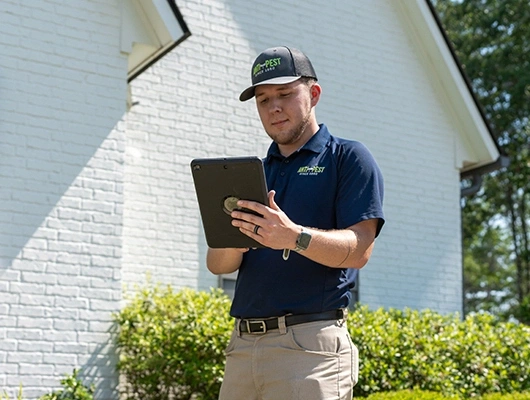

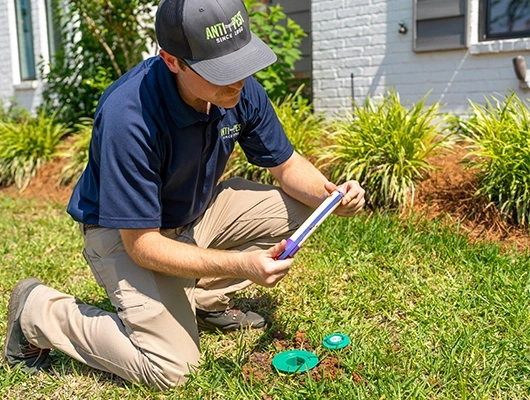

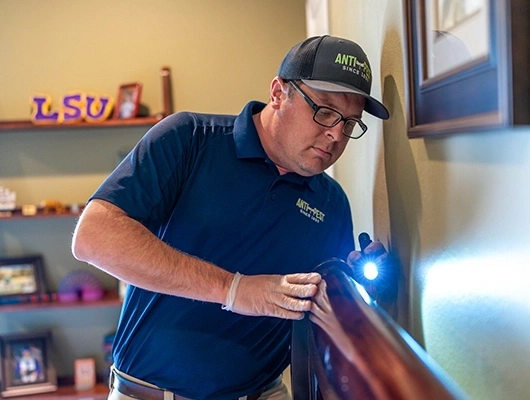

News, Blogs, & Articles
Anti-Pest Blog
